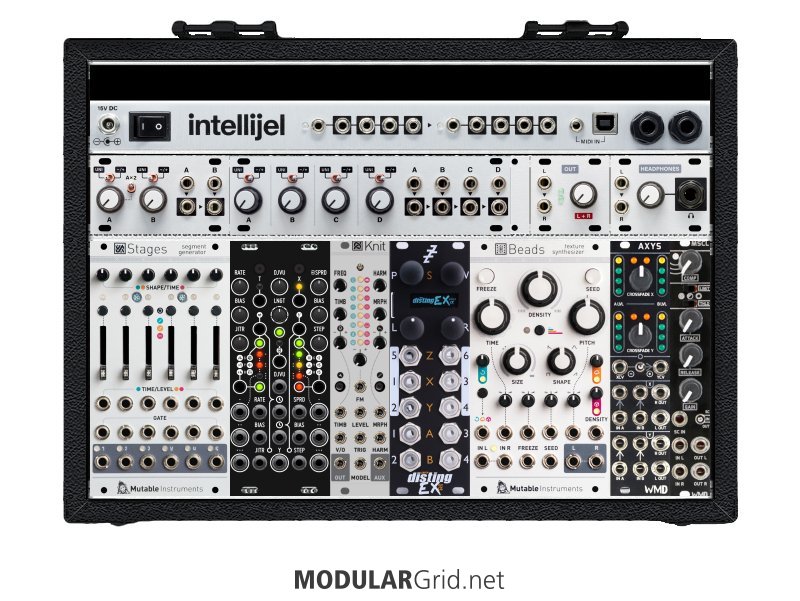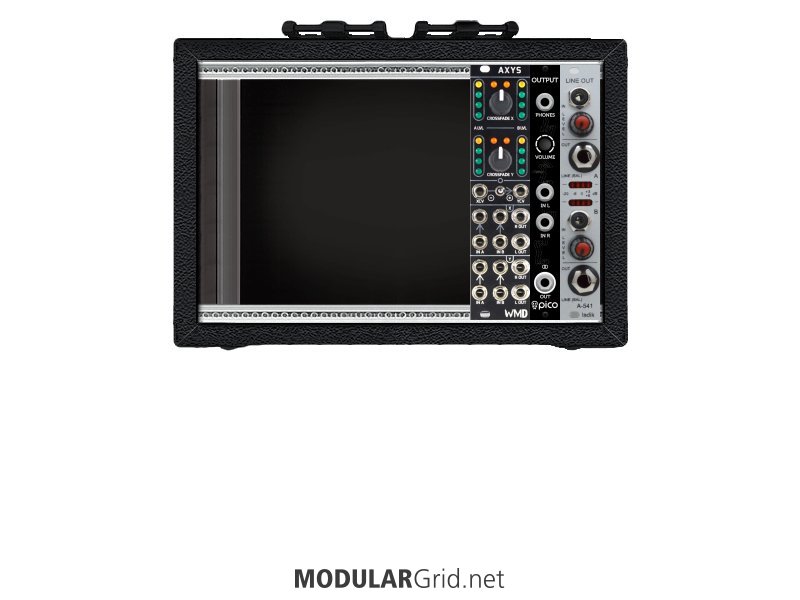Thanks for your time and help so far.
But for the threads names sake and anyone else looking for an output module with stereo cue, Bastl Instruments to the rescue:
https://www.modulargrid.net/e/bastl-instruments-ciao-black
Yes, I had found the Ciao, but can't think of a case where I would want to switch the cue mix instantly into the main monitors. Add one HP, make the switch a fader, and we'd be in business!
Unlike DJ mixers, modular mixers can contain loads of other SUBmodules. Have a look here:
https://www.modulargrid.net/e/toppobrillo-stereomix-2-silver-panel
That there is, in my opinion the best balance of control, capacity, and amenities in a Eurorack performance mixer.
Yes, I do appreciate that this is a nice mixer for the size. But it's also overkill for the needs I am considering in this thread. I don't need the sends nor the pan controls. However I still need to cue, so that I can set up two different chains of effects and move smoothly between them. I don't want to subject the audience to every dial change, but only the sweet spots.
I am cognisant of the limitations a smaller case puts on performance. As it turns out, I am simultaneously specifying a Tiptop Mantis case for the studio. (Great minds think alike?)
I have been working in synthesis for decades, often from first principles (mostly in Reaktor and Max). But for this application I wish to leverage the possibilities of the more monolithic modules that are currently available. My performance rig would rely heavily on field recordings and prepared stereo files (played with Disting EX), processed with granular synthesis, using modulators and effects. I will not need a full suite of VCO, VCA, VCF, EG, LPG, etc.
Here's the thing... not everyone is able-bodied. I am quite limited in how much I can carry to a gig, with 10 kg in a rucksack as an upper limit (preferably much less). That is why my performances in the last twenty years have involved a laptop, audio interface, and little more. I am considering Eurorack because it's more compact that taking many individual devices, especially when it comes to multiple power adapters, etc. (My Nord Drum, Nord Micromodular, Volcas, Pyramid, etc. can stay at home.) Despite the patch cables, it is much easier to set up and tear down. Despite any physical limitations I may have, I prefer autonomy.
Looking at a (fictional) modified Ciao, it's apparent that 6U is enough space to devote to dual stereo output with cue. I would be maybe OK with 10U. 13U seems too much for my rather minimal requirements.



